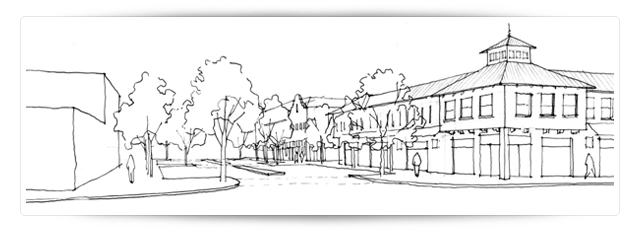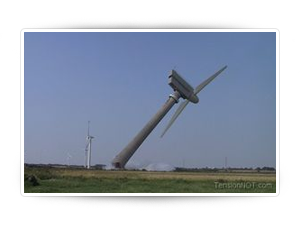
One of the problems we encounter today when defining sustainability initiatives is that most everything associated with the environment, from energy efficiency to social responsibility, is in a fundamental state of flux - constantly changing, ever evolving. While expanding our knowledge and, consequently, our concerns associated with environmental stewardship, we witness organizations and corporations vying for a sense of place arrive by the busloads, and they also leave by the busloads. The boundaries and parameters become blurred, often with conflicting messaging. With the Environmental Protection Agency (EPA), U.S. Green Building Council (USGBC), as well as other organizations, promoting smart growth and social responsibility, a heightened awareness will be focused toward building technology and automation. As we assimilate the data and establish our goals, this emerging technology will become a more relevant and active participant in the way we will provide sustainable buildings that integrate into sustainable communities.
However, in order to provide truly sustainable buildings, we should ask the question: is being green enough? Is a green building the same as a sustainable building? Although the terms are generally accepted as being interchangeable, one could legitimately argue they are not the same. On one side, according to the Environmental Protection Agency (EPA):
“Green, or sustainable, building is the practice of creating and using healthier and more resource-efficient models of construction, renovation, operation, maintenance and demolition.”
On the other side, consider the fact that we’ve been successfully creating green buildings for some time now and though we’ve made great strides, for a multitude of reasons, we’ve also fallen short of our expectations. To meet the above stated goals, as sustainable professionals we need to embrace a well-coordinated and expanded process. The state of the art of buildings is that they aren’t just green, but “smart” structures that go beyond simple resource efficiency and indoor air quality, built with the latest technology for building controls and automation.
Smarter buildings provide the essential foundation for creating smarter cities. As smarter cities likewise provide the support for creating a smarter planet.
Smart Buildings
Smart buildings - the future of building technology: A study on the future of building technology shows that requirements are undergoing lasting changes. Which changes are coming up and how Building Technologies is dealing with these changes is shown in this movie.
Smart Buildings = Better Buildings: White House Nov. 4, 2011 Summary:
Today, the National Science and Technology Council (NSTC)—a cabinet-level interagency group of scientists and engineers—released a new report that recommends systematic consideration of submetering technologies that can yield up-to-date, finely grained snap shots of energy and water use in commercial and residential buildings to drive energy efficiency and capture the advantages of a modernized electric power grid.
Greenbang, a publisher of daily news and insights about the energy and IT industries, presents the white paper eight definitions of ‘smart buildings’ . One of the more succinct definitions of smart buildings, from Siemens:
“Only solutions which create the greatest synergies between energy efficiency, comfort and safety and security will be sustainable over the long term … solutions that turn buildings into living organisms: networked, intelligent, sensitive and adaptable.”
Siemens offers an excellent video that puts this in perspective, Smart Buildings - the future of building technology. Of particular note is the, albeit brief, introduction into systems and synergies. Sustainable professionals fully understand systems thinking and synergies is key to providing sustainable projects. Additionally, USGBC promotes regenerative design, which, interestingly, is also discussed in the video. One of the goals of an Integrated Project Team is to incorporate regenerative design principles that provide flexibility in order for the project to accommodate future needs, therefore reducing the burden on our natural resources by eliminating the need for new facilities to be built.
For additional information related to smart buildings:
The IBM Approach to Smarter Buildings
Smart Buildings = Better Buildings
Smart Grid Needs Smart Buildings and Policy
This post is part of Studio4’s the smarter approach series that includes smart buildings, smart cities, smart growth, and green cloud technology. The scope of the series, as well as the content in each post, will be updated as necessary.








